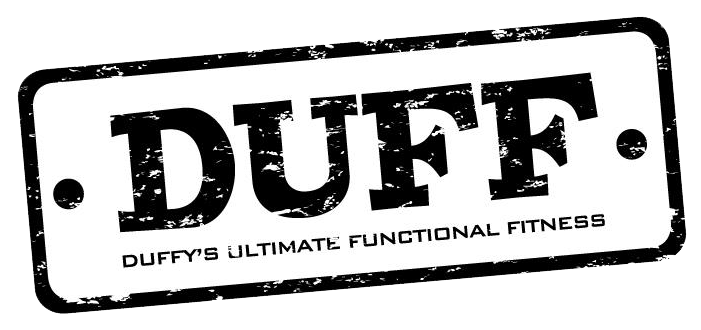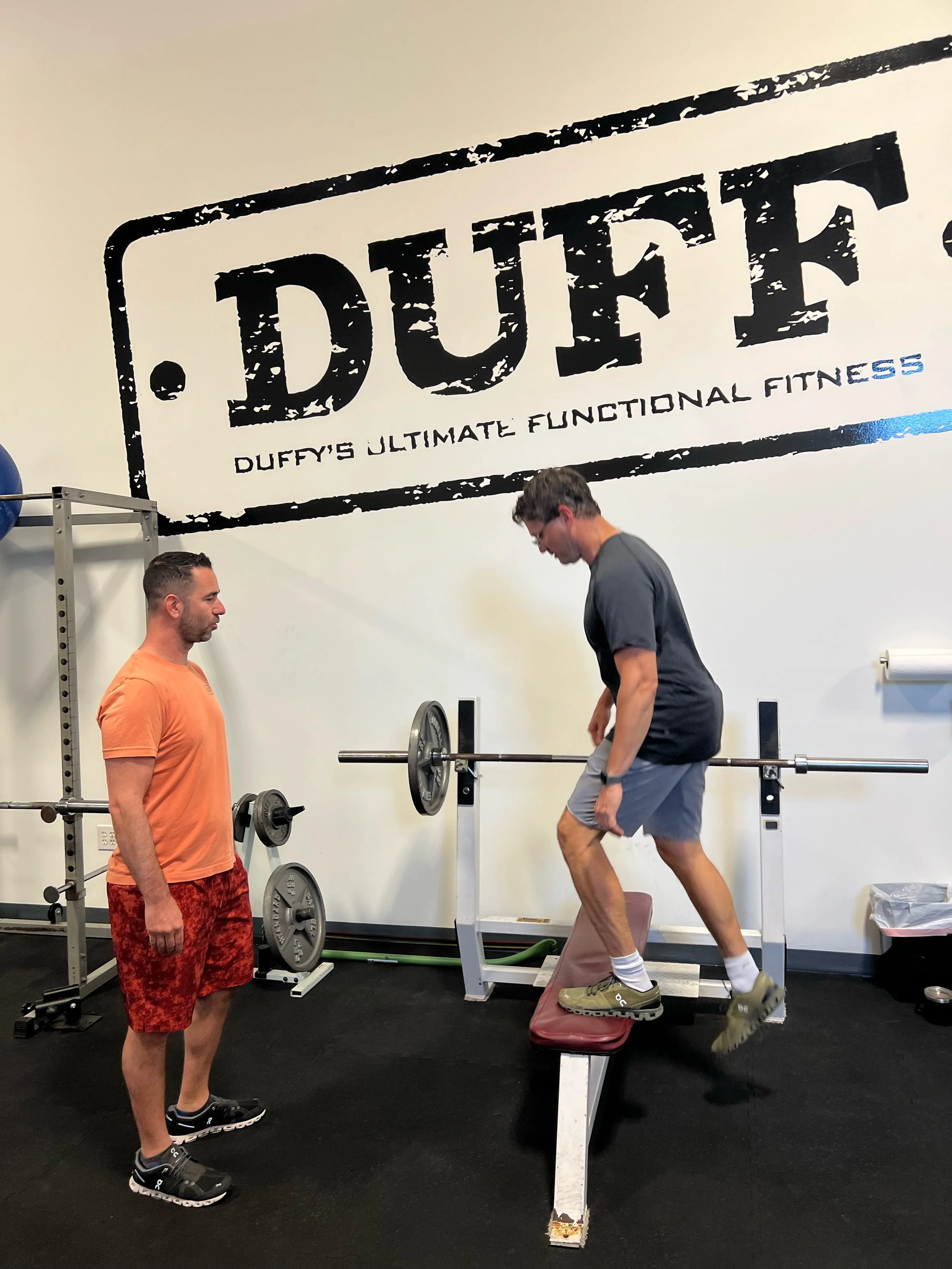DUFF STUFF
DUFF STUFF
THE DUFF TRAINING BLOG
Stay Fit Over the Holidays: Essential Tips from Your Mount Pleasant SC Personal Trainer
Andrew Duffy, a leading personal trainer from Mount Pleasant, SC, shares his top tips for maintaining your fitness through the holiday season.
5 Essential Qualities to Seek in a Personal Trainer in Mount Pleasant, SC – And What to Avoid
Uncover the top five attributes to look for in a personal trainer around Mount Pleasant, SC, including Daniel Island, Charleston, Isle of Palms, and Sullivan’s Island, and learn why they matter for your fitness success.





